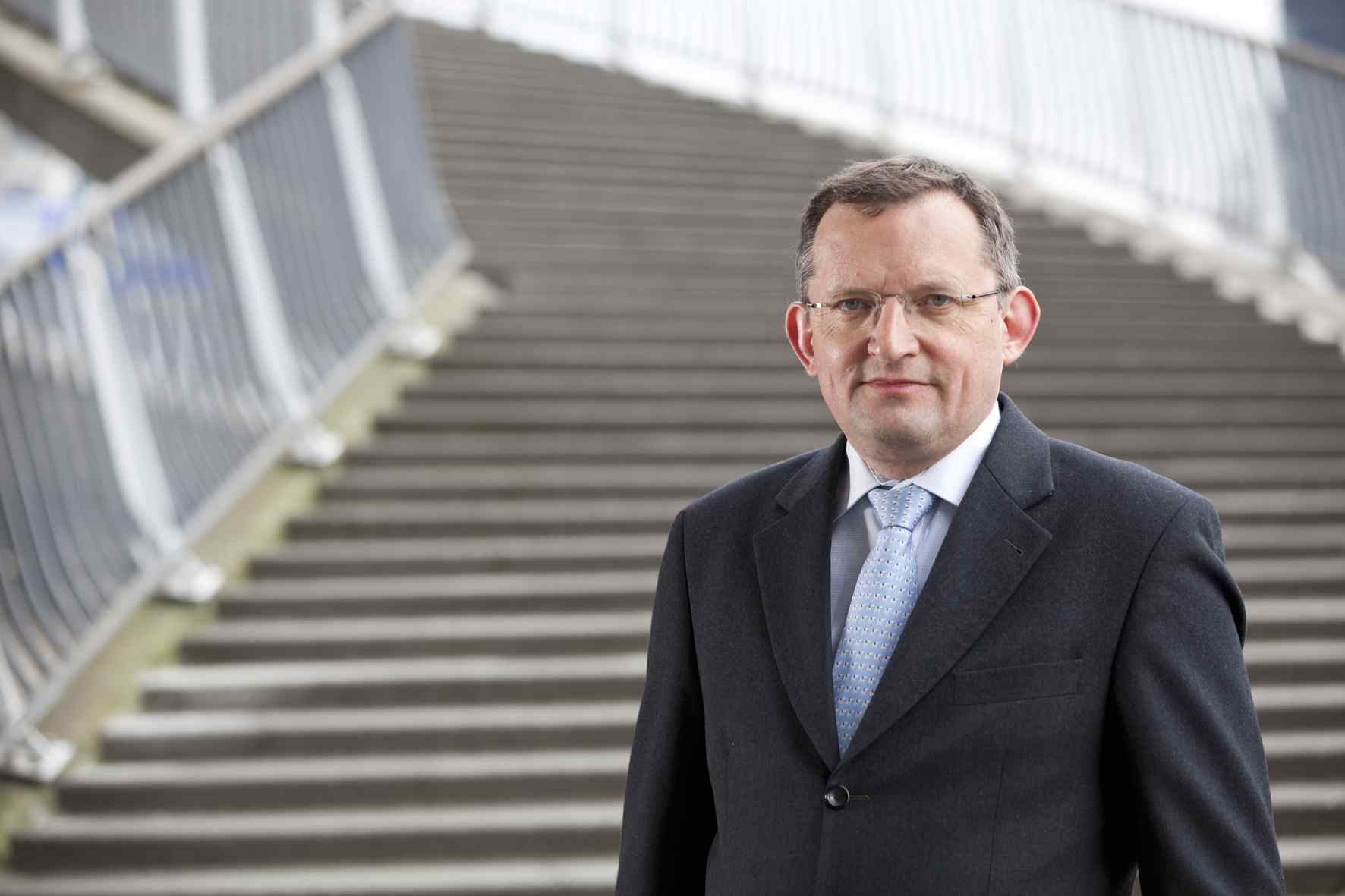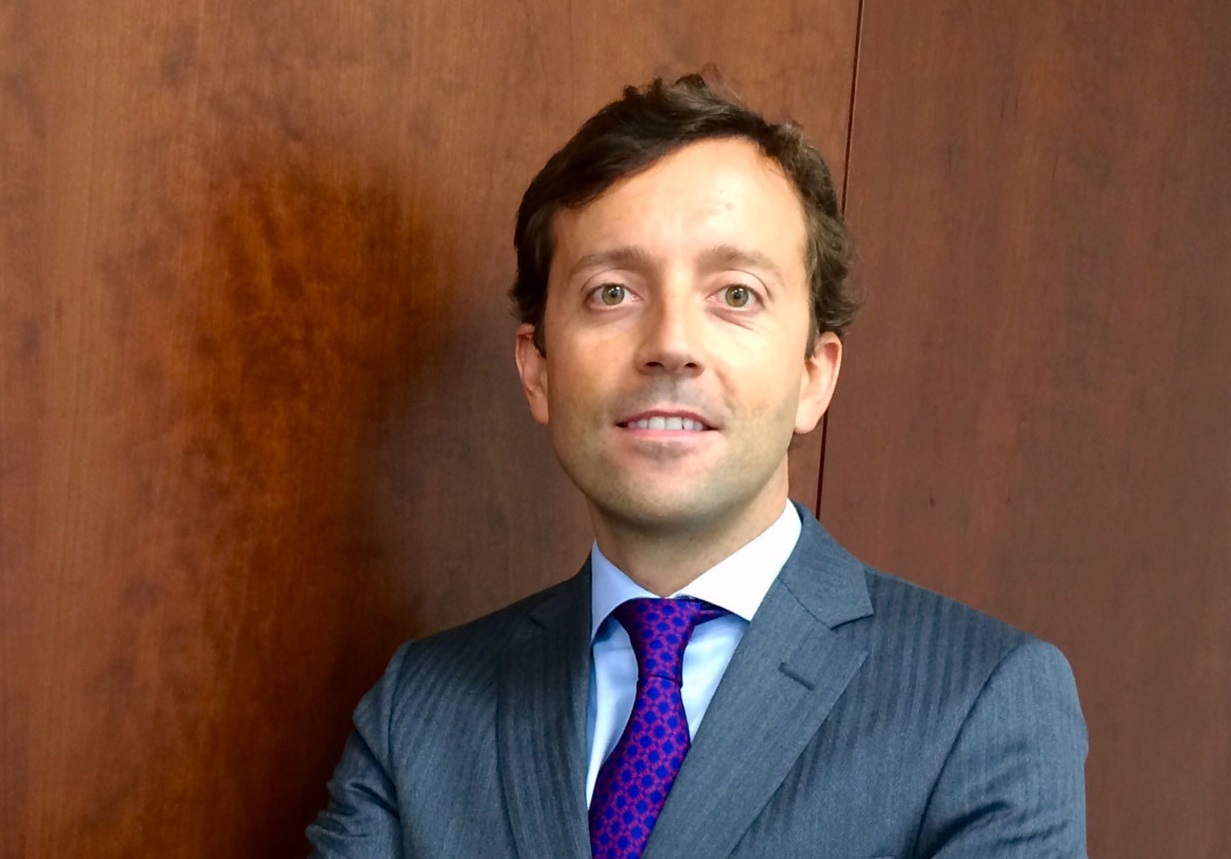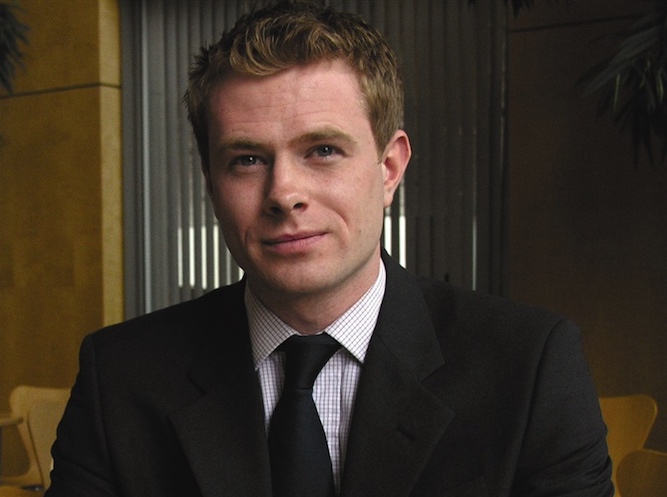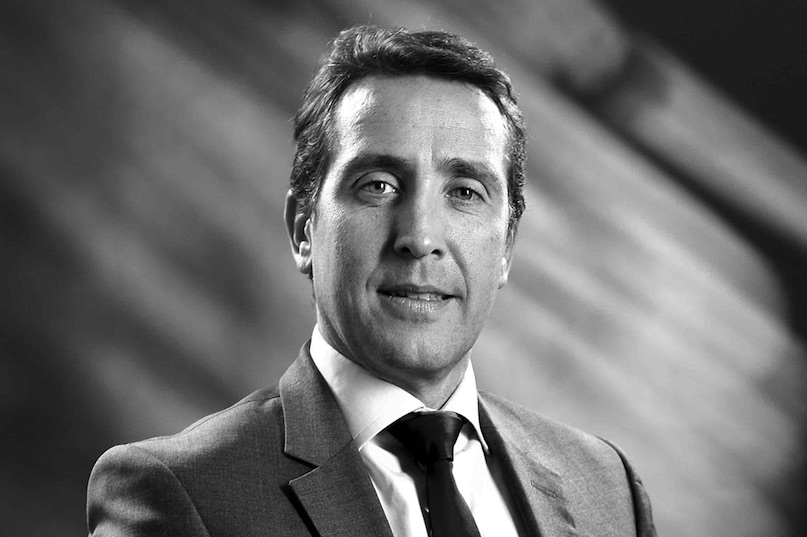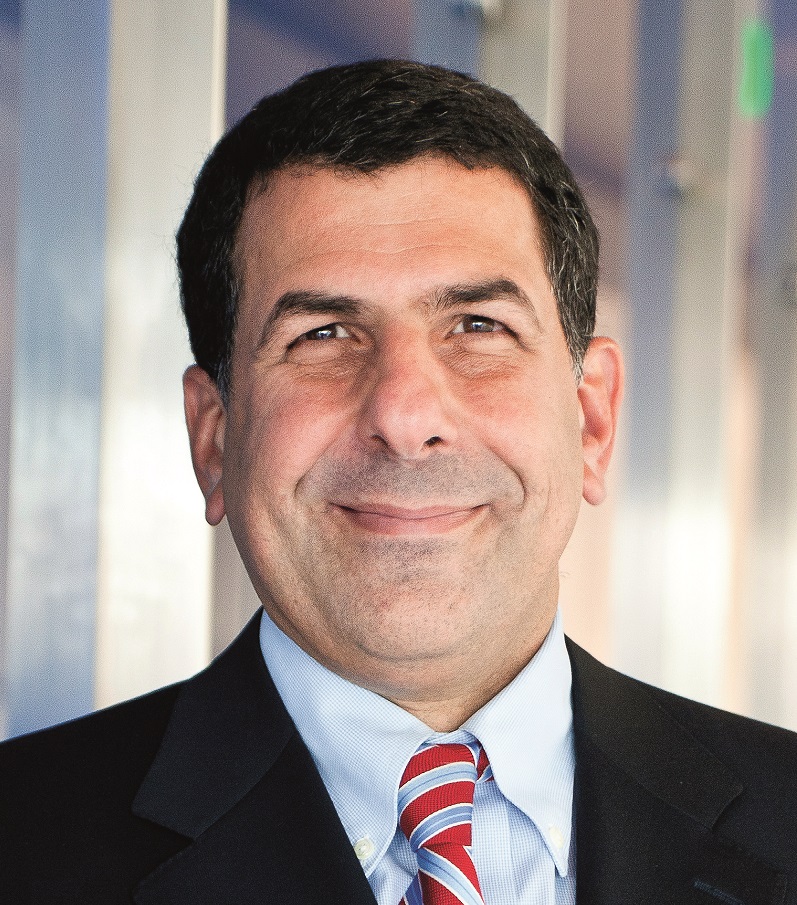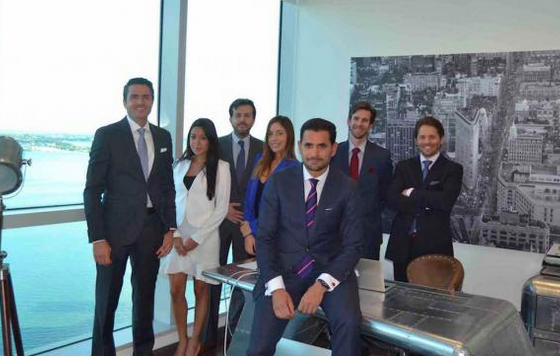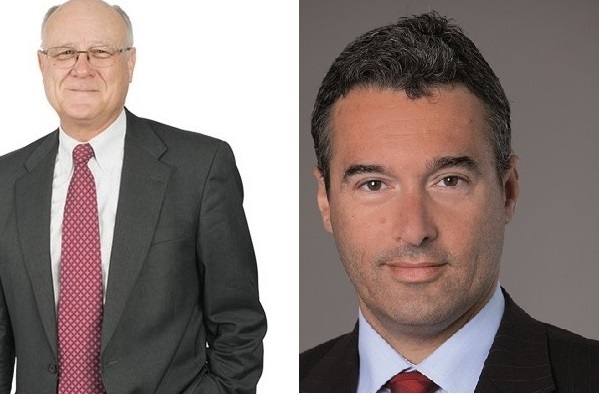Allianz GI: “Value no Longer Looks Cheap Relative to Growth”
| By Alicia Miguel | 0 Comentarios
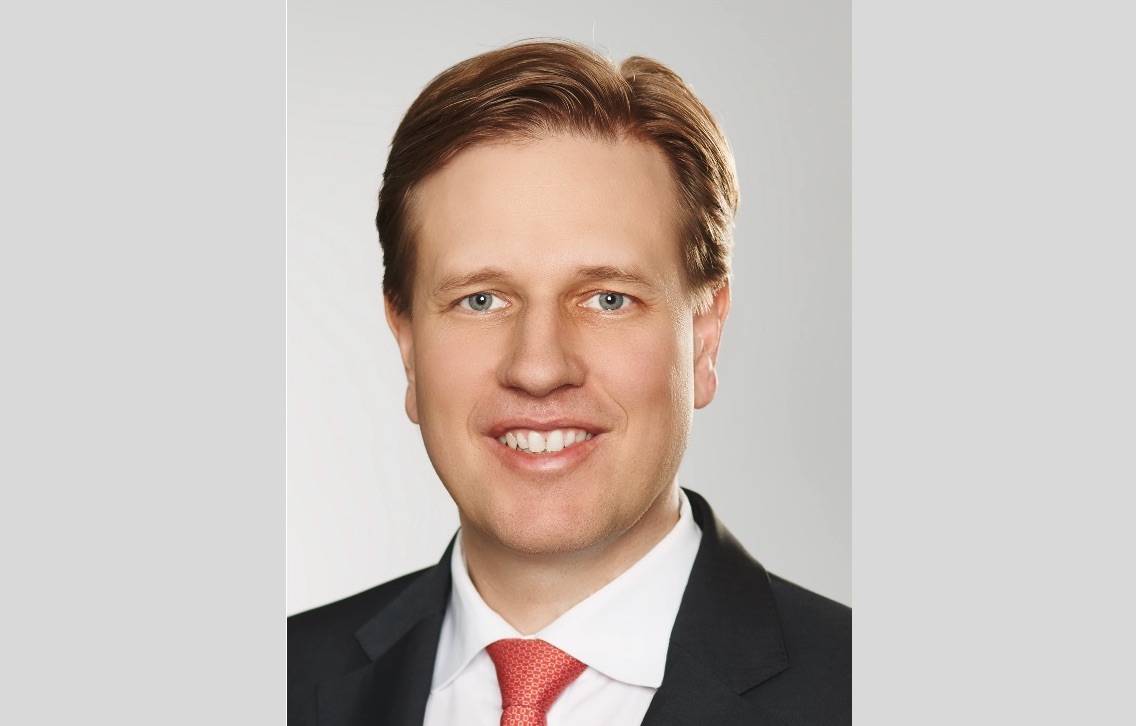
Matthias Born, Investment Style Co-Leader Growth and Senior Portfolio Manager European Equities, Allianz Global Investors, says value no longer looks cheap relative to growth. He states in his interview with Funds Society, that the latest value rally has lasted 7 months already, which makes it easier for stock pickers like them.
El experto defiende que ahora es el momento de la economía y los ingresos, y el mercado tiene altas expectativas, por lo que el estilo growth podría hacerlo muy bien a partir de ahora. Así, con más margen para la recuperación económica y una recuperación de la inflación global, cree que los beneficios repuntarán y favorecerán a sus estrategias.
The great rotation that favors cyclicals against defensive players seems to be positive for the value strategies. Can it also favor growth strategies or is it a risk to them? Will the growth strategy continue working well in this environment?
Growth style portfolios are not per se defensive. Our portfolio for example is highly exposed to technology stocks, Industrials and consumer cyclicals. The value style is more tilted to financials and commodities among cyclicals. The latest value rally was mainly driven by a mean reversion into stocks, which underperformed for a long period of time, like banks.
Is this turn sustainable?
Usually these kind of sharp style rallies last for a couple of quarters, we are now into 7 months already. The extent of the rally is usually quite huge in the first 100-150 days. After that we usually see a stabilizing trend and we see again bigger performance dispersion across styles, which makes it easier for stock pickers like us.
Improving cyclical data, rising bond yields (caused by an increase in inflation expectations) particularly in the US, and a recovery in commodity prices contributed to the second sharpest rotation of the past decade. This resulted in European value outperforming growth by c. 16% since August and outperforming high quality by 25% over the same time period. Also cyclicals, and especially low quality ones, have seen the steepest rally since 2009. It is now showtime for the economy and earnings, the market has high expectations.
Seen the great rotation mentioned … How are you adapting your European equity portfolios?
Turnover during the year 2016 was, as ever, typically low ranging between 18% and 21%, reinforcing the team’s 3-5 year+ investment time horizon. The bulk of our trading activity occurred in H2, as we sought to benefit long term from some of the inefficiencies created by political volatility, and the sharp underperformance of growth/ quality. In the year 2016 we have reduced our high weighting towards consumer staples and picked up some high quality names, that were derated after the Brexit vote, like Ryanair.
What sectors / values can benefit from these trends?
We focus on single stocks and believe that our holdings should deliver strongly on earnings growth this year. After the rotation in markets there is also an opportunity for reratings on some of our holdings, which were punished too harsh.
In an environment of higher rates in the future, the profits of companies are reduced and growth strategy will lose appeal, according to some experts. Do you agree or disagree with that idea? Is it increasing the types a threat for these strategies?
It is however, evident that on most valuation measure value no longer looks cheap relative to growth. The magnitude, and length of the current value rally at c. 16% since August (150 days), looks comparable to the previous value rallies of March 2009 and July 2012, reinforcing the view that the worst may hopefully be behind us in terms of rotation.
Will the ECB’s policies continue supporting European equities this year?
I believe earnings growth is important for equities to perform. The ECB induced multiple expansion of European equity markets has already stopped in 2015. Sectors, which are seen by the market as bond proxies like consumer staples have experienced a multiple expansion in the first half of 2016.
Encouragingly many of the issues that have held back European earnings (weak emerging market growth, deflationary pressures, and the commodity slump) in recent years are fading, and will likely benefit from strong base effects in the coming months. The effects of this are beginning to be seen as evidenced by the strong Q3 reporting season, and upward earnings revisions trend. Europe appears to be syncing with a global macro upturn, driven by the US, as Europe’s open economy and strong export links with the US leave it especially sensitive to global growth. While the Eurozone is unlikely to match US growth in absolute terms, the low base of Eurozone ensures the delta is important. With further room for the economic recovery and a pickup in global inflation, European company profits might now finally see the long-awaited turn in 2017. It will though be necessary to closely follow the impact of a potential de-globalization policy agenda.
About political risk in Europe… how can it affect your portfolios this year? What are the main risks?
Despite politics becoming increasingly unpredictable, the one guarantee of 2017 is that politics will again dominate the headlines. During the year we have French, German and Dutch elections, combined with the ongoing Brexit negotiations. While the importance of these should not be understated, 2016 has taught us that investors are becoming conditioned to such political shocks, and the equity market volatility generated by each of the three “black swan” events, was both less and shorter in nature than most investors anticipated. Indeed despite all these issues, economic data was remarkably resilient through 2016, with Eurozone PMI’s largely flat through the year.

